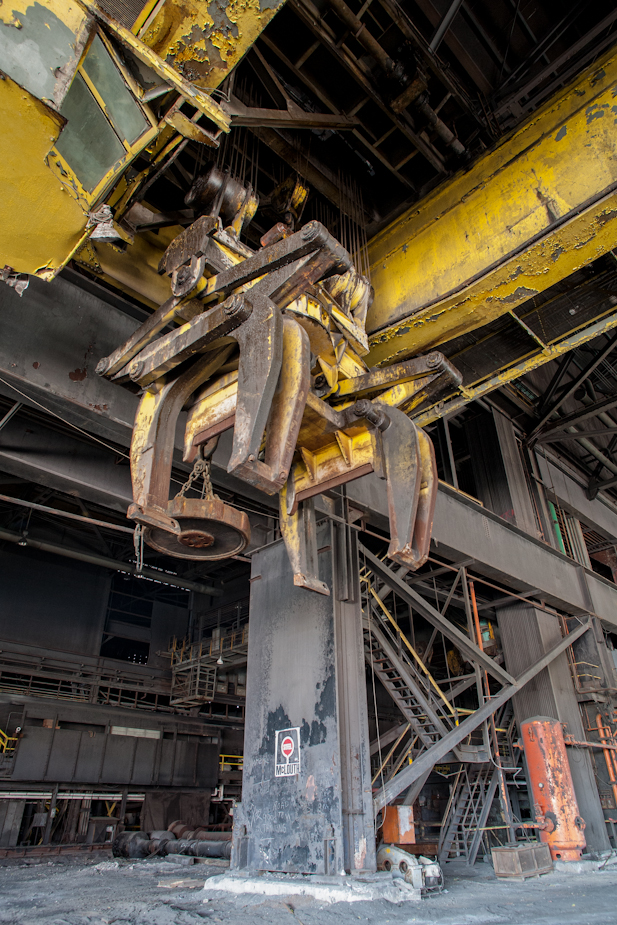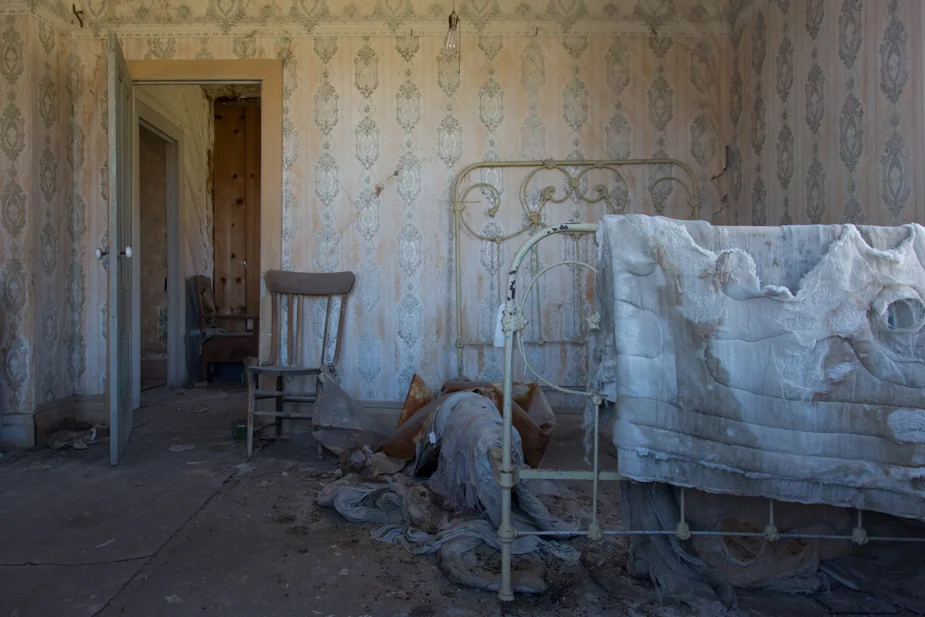When I shoot at night, I shoot a series of "test shots" to check exposure and make sure my composition is right. This means that I crank my ISO up to 1600 or 3200 and take a shot for between 5-20 seconds, depending on the light, and then multiply out my exposure as I drop it down to an ISO I prefer to shoot at. (Example: If my test shot is ISO 1600 @ 10 seconds, and I'm happy with the exposure, I could shoot it at those settings, or try: ISO 800 @ 20 seconds, ISO 400 @ 40 seconds, ISO 200 @ 80 seconds or ISO 100 @ 160 seconds.)
On this particular night, I shot this test shot at ISO 1600 and was pretty happy with the exposure, so I dropped the ISO down to 200 and shot a 60 second exposure.
(6 seconds. f/8. ISO 1600.)
(60 seconds. f/8. ISO 200.)
In the end, I actually liked the test shot better, because in the 60 second image, the clouds were moving quickly, which caused a lot of motion blur in the clouds.
I used to delete most of my test shots when I shot with the 5DMkI because the noise at 800 or 1600 was so awful, I wouldn't share the images online, much less print them. Now with the 5DMkIII, I keep all test shots, especially if they're shot at 1600.
Next step, do some test prints at night of ISO 1600 and see how they print at various sizes.

















